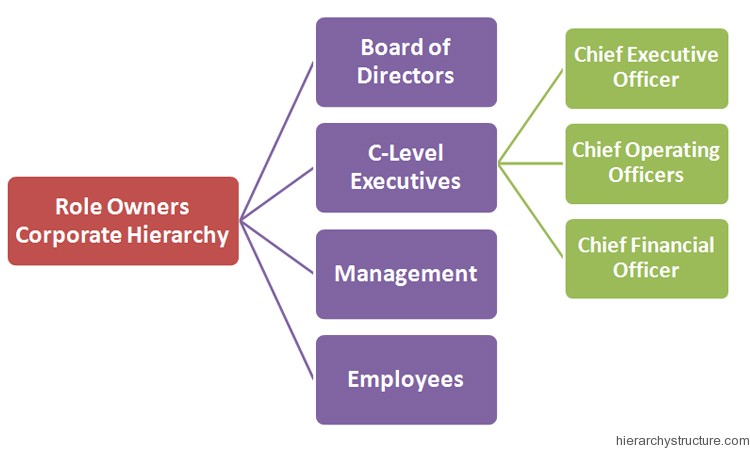A well defined structure is very important in an organization so as to work effectively and to attain the set target. The main purpose behind the organizational structure is to clearly define the roles and responsibilities of the employees. Stockholders are an important asset of the business organizations.
Stockholders legally own a part of stock or share of the business organization and in this way, they become the new owners of the company. As owners, the stockholders have the privilege to share their power with one another. The ownership of the stockholders is confirmed by a stock certificate that they get.
The shareholders or the stockholders have specific rights such as the right to vote on the emerging issues of the company, right to dividends, right to information about the company and right to sell their shares. The stockholders play a significant role in determining the corporate hierarchy of the business organizations. Let’s take a deep insight of the role owners corporate hierarchy.
A typical business structure basically consists of three hierarchical levels with the Board of Directors at the top, C- level Executives, Presidents and Officers at the middle and employees at last.
The officers that were present in the middle section of the hierarchy are also subdivided into senior officers and associate officers etc. There are also Vice Presidents below the Presidents. The structure we discussed above is the basic structure of the corporate organization. This may vary depending upon the different types of organizations.

Board of Directors
The Board of Directors is considered as the peak of the role owners corporate hierarchy. The members of this group are elected by the stockholders of the corporation on a single share, single vote basis. The number of members present in this particular group varies, depending upon the size of the business organization and the business holdings. The major roles and responsibilities of the Board of Directors are as follows:
ü Ensuring that the requirements of the stockholders are properly met.
ü Approving various corporate transactions such as contracts and agreements, corporate policies etc.
ü Hiring the C-level executives.
ü Issuing additional shares of the company.
C-Level Executives
The C-level executives are second in line in the role owners corporate hierarchy. These officers oversee the regular business operations, depending upon the section to which they belong.
- Chief Executive Officer (CEO)/President: This is the top C-level executive and is responsible for properly implementing the various business operations. The officer reports directly to the Board of Directors.
- Chief Operating Officers (COO): The COO manages the day to day operations of the business and reports to the CEO.
- Chief Financial Officer (CFO): The CFO manages the financial matters related to the organization.
Management
The management includes various officials like the vice presidents, directors, managers and officers etc. These professionals are assigned different sections of the organization, to deal with.
Employees
The employees form the last level of role owners corporate hierarchy. The employees follow the direction of their bosses or team leader of the management, who in turn are directed by the C-level executives.
